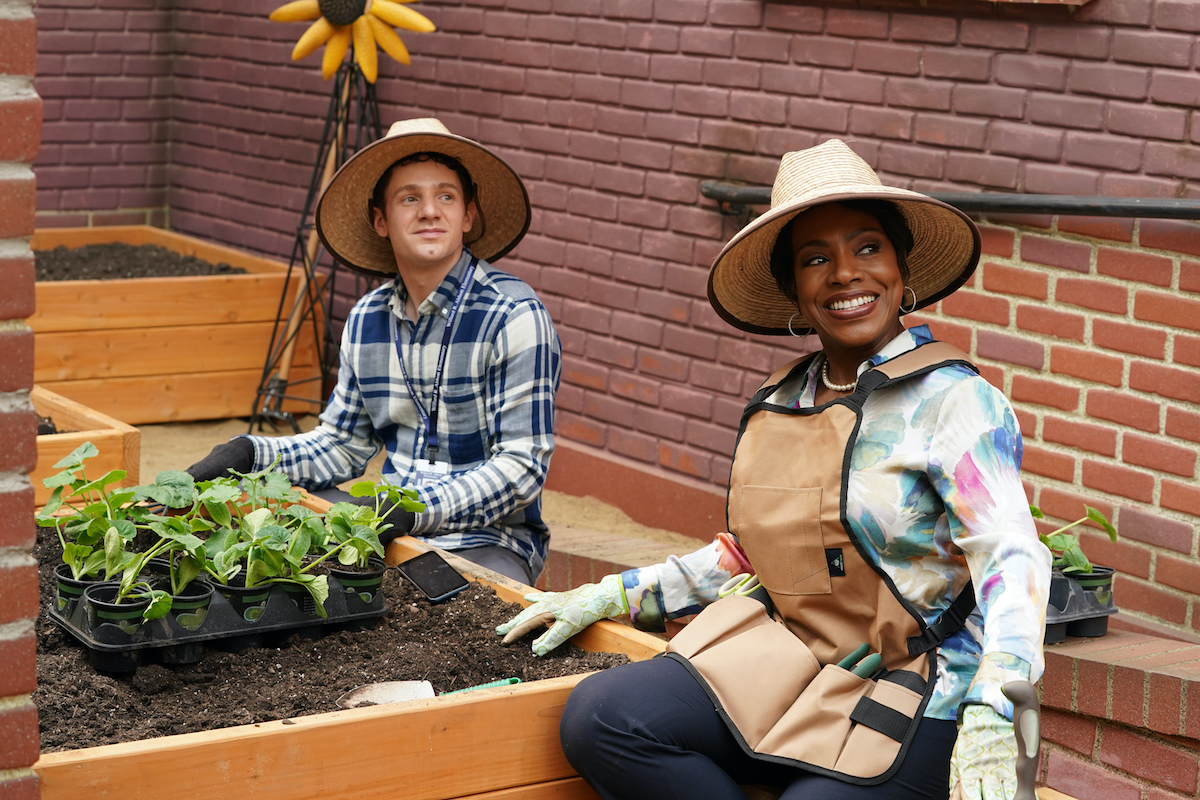
Source: Gilles Mingasson / abc
April is full of national days to celebrate including National Gardening Month. What better way to kick off the springtime than with sprouts and shoots of a garden. To celebrate, we curated a list of easy and helpful tips to start gardening.
Don’t be discouraged by all the gardening talk this Spring. The easiest way to start growing your own fruits, vegetables and flowers is to start. It sounds so complex until you try, so we crafted a list of 10 simple steps to kickstart your new gardening hobby this month.
Literally, this is the simplest way to start.
Here’s a list of tips for our beginners:
All About Location
The key to starting a a garden is similar to real estate – it’s all about location. Be sure you place your garden in a part of your yard where you’ll see it regularly (out of sight, out of mind definitely applies to gardening). That way, you’ll be much more likely to spend time in it.
Run to the Sun
A common issue when you’re first learning to garden is misjudging sunlight. Be sure you pay attention to how sunlight moves through your yard before choosing a spot for your garden. Most edible plants, including vegetables, herbs, and fruits, need at least 6 hours of sun in order to thrive.
Quality H20
The best gardening tip is to plan your new garden nearest a water source. Be sure that you can run a hose to your site so that you aren’t lugging water back and forth each time your plants get thirsty. Pro tip: You can tell if your plants need watering by pushing your finger an inch down into the soil (about. knuckle deep) to see if it’s dry. If it is, time to feed it some quality H20.
Lay The Foundation
Invest in soil that is nutrient-rich and well-drained.
Contain to Maintain
Afraid of spacing, look into containers. You can grow many plants in pots, including vegetables, herbs, flowers, fruit trees, berries, and shrubs. When gardening in containers, use a pot that’s large enough for the plant it’s hosting, and fill it with your potting mix of choice.
Choose the Right Plant(s) for You
Select plants that pair with your state’s growing conditions. This means put sun-loving plants into a sunny pot, choosing heat-tolerant plants in warmer climates and giving ground-gobbling vines like pumpkins or melons enough room to grow. Research, research research! Pick varieties that will grow well wherever you live and in the space that you have.
Zoning
Be sure you know the coldest place a plant can grow. The higher the zone number, the warmer the climate. So if a plant is “hardy to zone 4” and you can garden in zone 5, that plant will survive in your yard. However, if you’re in zone 3, it’s too cold to grow that particular plant. Determine your hardiness zone.
Research Frost Date
Planting too early or late in the season can end in disaster for your first garden. Be sure you know the last average spring frost date in your area so you don’t accidentally kill plants by growing them prematurely. Research your first average fall frost date so that you have your plants harvested or moved indoors before late-season cold damages them.
More Mulch Please
Use a layer of mulch up between 2 to 3 inches deep around each plant. This helps reduce weeds by blocking out the sun and reduces moisture loss through evaporation so you have to water less. You can also put down straw, shredded leaves, pine straw, or some other locally available material instead of buying mulch.
Feed It The Good Stuff
Lead with great soil and top-notch plant food to give your plants quality nutrition. A month after planting, begin feeding your garden with plant food.
That’s it, and that is all. Happy gardening! We believe in you!
Happy National Gardening Month: 10 Super Easy Gardening Tips For Beginners [List] was originally published on globalgrind.com
















